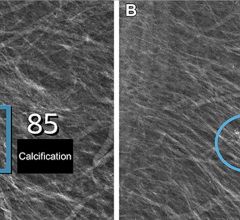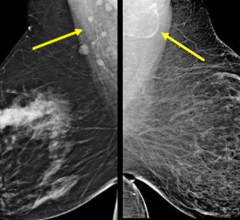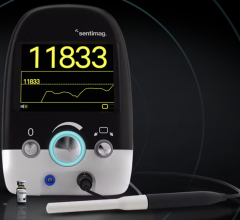America’s Health Insurance Plans is poised to announce an industry initiative for making personal health records portable from one health insurance company to another. AHIP will make public the details of an 18-month pilot project with 10 AHIP member companies on December 13.
The panel studied ways health insurance companies could assist in making PHRs interoperable. The plan will also recommend minimum elements for all PHRs. AHIP represents nearly 1,300 member companies providing health insurance coverage to more than 200 million Americans.
“Many of our member companies have already set up PHRs,” said Susan Pisano, AHIP’s vice president of communications. “The main roadblock has been that if a patient left one company and went to another, their records weren’t portable and interoperability was lacking.”
Health insurance companies for the most part have no standard for what PHRs should include, Pisano said. AHIP’s goal has been to identify the essential elements needed in PHRs.
“Companies will still compete on bells and whistles, as they always do, but the focus of the project is core elements,” Pisano said.
The project is part of a partnership with the National Health Council, which shares AHIP’s interest in having PHRs available, portable and usable by consumers, Pisano said.
"Widespread use of [electronic] PHRs can greatly empower the 100 million Americans with chronic disease and allow them to take better control of their health care. Yet only a small segment of the population even knows they exist," said National Health Council President Myrl Weinberg. " By working with our members, the voluntary health community, and AHIP we can credibly educate Americans about this resource and encourage its widespread use."
AHIP has been in consult with IT standards organization, including the American National Standards Institute, “to make sure they know what we’re doing and where we’re headed,” Pisano said. “Our idea is that our work should mesh with whatever ultimately is accomplished in making the whole healthcare system interoperable.”
AHIP anticipates its PHR initiative to be a first step toward use of electronic health information to monitor chronic care patients–representing nearly half of all Americans with healthcare issues–and should present a cost savings, Pisano said.
The plan supports the Nationwide Health Information Network, the government-led project to connect all regional health IT networks into one large interconnected system.
“We want to approach PHR interoperability in a way that’s compatible with the national effort and we feel we’re in a position to make that contribution,” Pisano said.
AHIP is starting with PHRs rather than EHRs because much of the data needed to establish PHRs already is available within health insurance company databases. “We have the information, and consumers and doctors should have it too. This seems like a logical place to start,” Pisano said.


 July 29, 2024
July 29, 2024 








